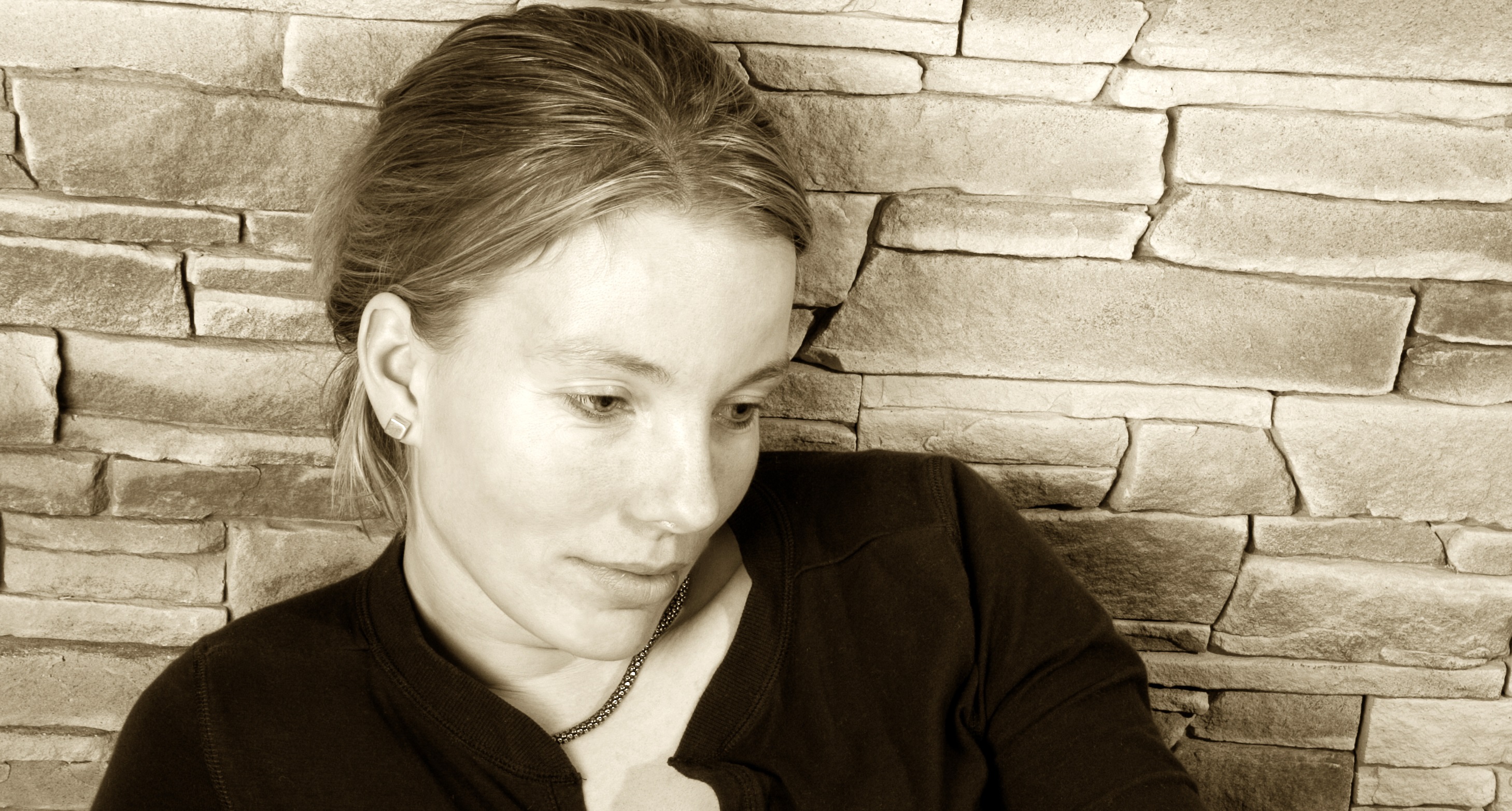Latest News
Proven Ways to Beat Seasonal Affective Disorder
Posted 1/30/20 (Thu)

Photo credit: HPPhoto/Dreamstime.com
According to the Mayo Clinic, people with Seasonal Affective Disorder (SAD) often experience daily feelings of depression, loss of interest in activities, low energy levels, sleep difficulties, weight gain or appetite changes and thoughts of death or suicide. If you or any of your patients have SAD, numerous treatment options are available. Some of them are more conventional, such as cognitive-behavioral therapy (CBT) or antidepressants. Other options, shared by the Mayo Clinic, may also be helpful:
Light therapy
Light therapy mimics natural outdoor light and appears to cause a change in brain chemicals linked to mood and is one of the first line treatments for fall-onset SAD. It generally starts working in a few days to a few weeks and causes few side effects. Research on light therapy is limited, but it appears to be effective for most people in relieving SAD symptoms.
Mind-body connection
Examples of mind-body techniques that some people may choose to try to help cope with SAD include:
- Relaxation techniques such as yoga or tai chi
- Meditation
- Guided imagery
- Music or art therapy
Lifestyle and home remedies
In addition to your treatment plan for seasonal affective disorder:
- Make your environment sunnier and brighter. Open blinds, trim tree branches that block sunlight or add skylights to your home. Sit closer to bright windows while at home or in the office.
- Get outside. Take a long walk, eat lunch at a nearby park, or simply sit on a bench and soak up the sun. Even on cold or cloudy days, outdoor light can help — especially if you spend some time outside within two hours of getting up in the morning.
- Exercise regularly. Exercise and other types of physical activity help relieve stress and anxiety, both of which can increase SAD symptoms. Being more fit can make you feel better about yourself, too, which can lift your mood.
Coping and support
- Stick to your treatment plan. Follow your treatment plan and attend therapy appointments when scheduled.
- Take care of yourself. Get enough sleep to help you feel rested, but be careful not to get too much rest, as SAD symptoms often lead people to feel like hibernating. Participate in an exercise program or engage in another form of regular physical activity. Make healthy choices for meals and snacks. Don't turn to alcohol or recreational drugs for relief.
- Practice stress management. Learn techniques to manage your stress better. Unmanaged stress can lead to depression, overeating, or other unhealthy thoughts and behaviors.
- Socialize. When you're feeling down, it can be hard to be social. Make an effort to connect with people you enjoy being around. They can offer support, a shoulder to cry on or shared laughter to give you a little boost.
- Take a trip. If possible, take winter vacations in sunny, warm locations if you have winter SAD or to cooler locations if you have summer SAD.